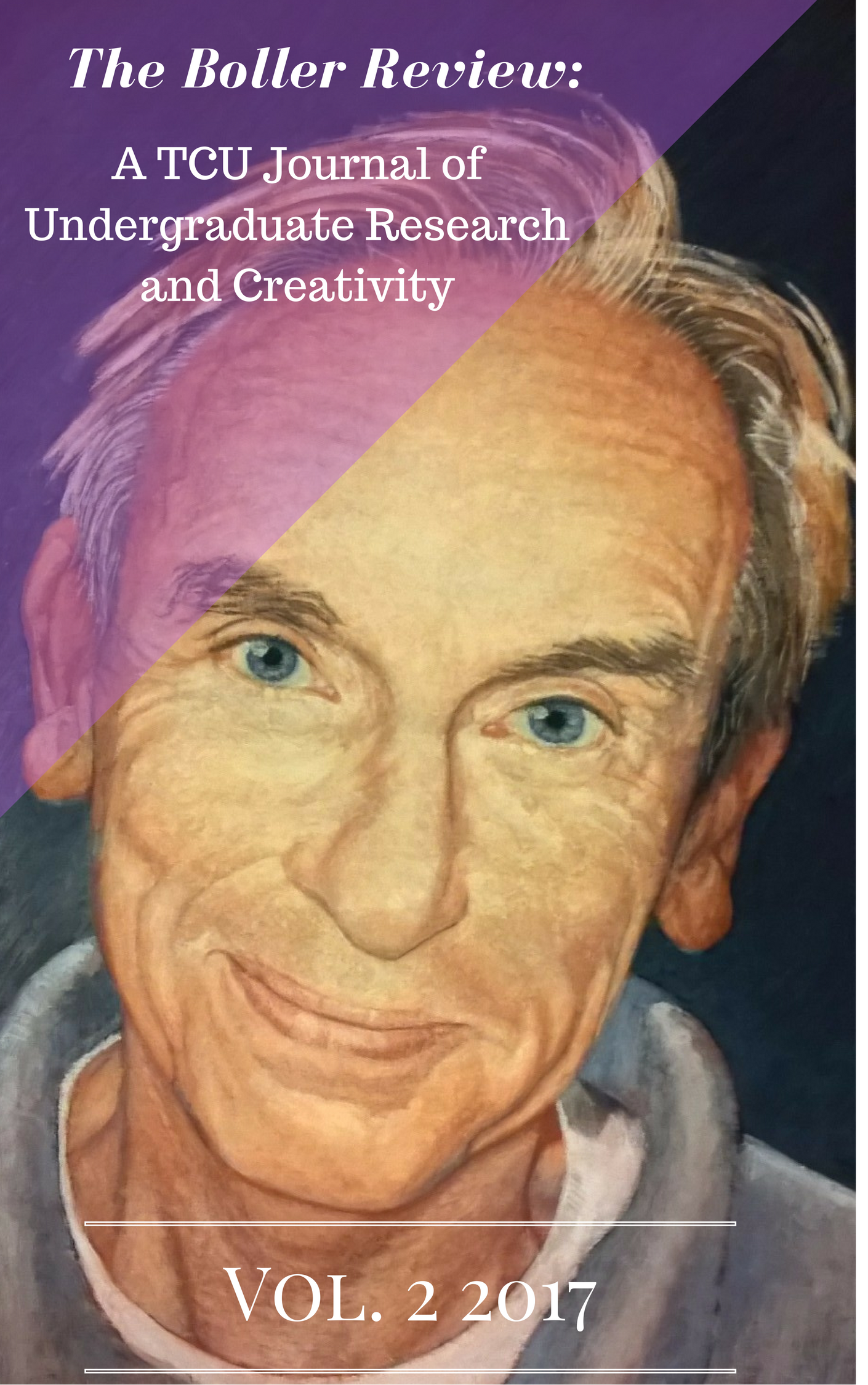The Lessons Learned from Media Coverage of Racial Unrest in Ferguson, Missouri Class of 2017
Main Article Content
Abstract
The idea of media representation of ethnic minorities has been an issue that journalists faced for centuries. There has been a recent demand for more representative journalism and more diversity in the newsroom to increase the number of perspectives shown. This paper investigates the Ferguson riots, how journalists covered the event and what they can do to improve coverage of racial riots (a public outbreak of violence between two different ethnic groups, whether the violence be to physical property or to other people) to create a more nuanced and representative picture.
Through the analyses of online news articles reporting on the riots in Ferguson and a series of interviews conducted with reporters who were on the ground in Ferguson, some common themes to improve the representation of ethnic minorities emerge: Simply do not “parachute” in to the scene, but rather get to know the community you are reporting on. Do not rely on only government officials to tell the story. Lastly, do not take the riots at face value; gather information and data to create some context surrounding the events.
Comments from Mentors
“Tobi Carter’s project grew out of questions she had about news coverage of the racial unrest in Ferguson, Missouri. She wondered if what she saw and read in the media was accurately reflecting what was actually going on. Otto von Bismarck once said, 'If you like laws and sausages, you should never watch either one being made.' That same principle sometimes applies to news, too. Despite this, Tobi wanted to know how the news-sausage was made in the streets of Ferguson. So she started with scholarly research on riot coverage over the years and then moved on to interviews with journalists who reported in Ferguson. The result is both fascinating and insightful.”
“Tobi's thoughtful and thoroughness as a journalist and researcher comes through in this paper. She started with the question why and sought answers to help bring understanding.”
